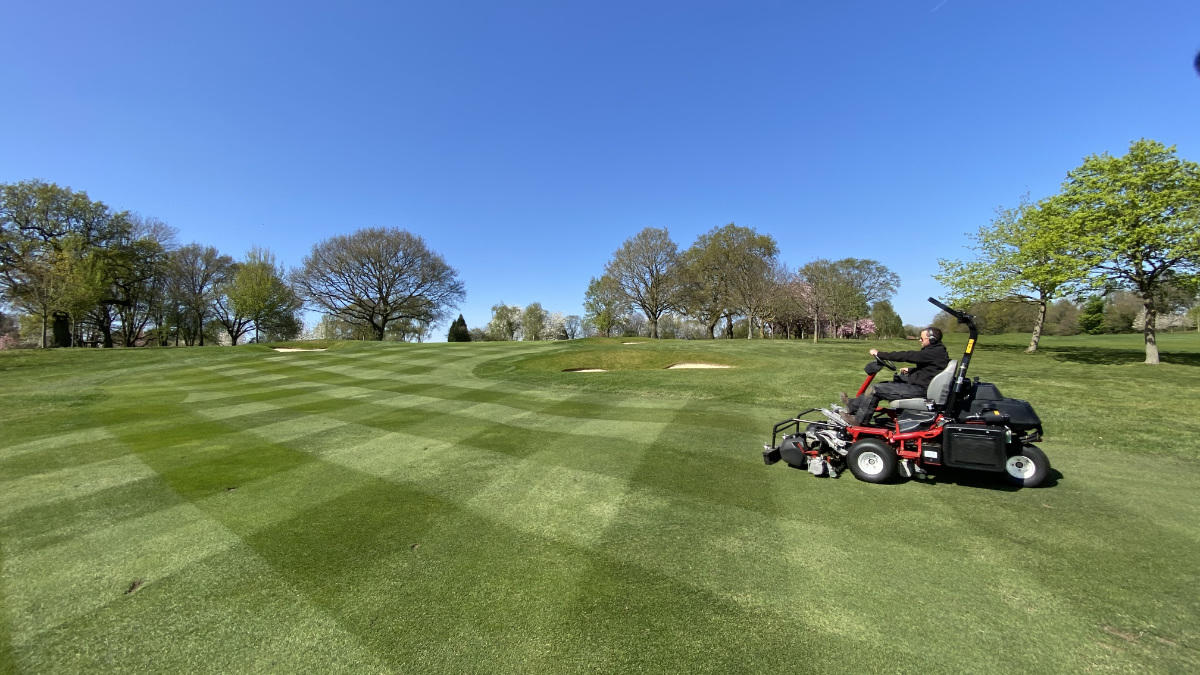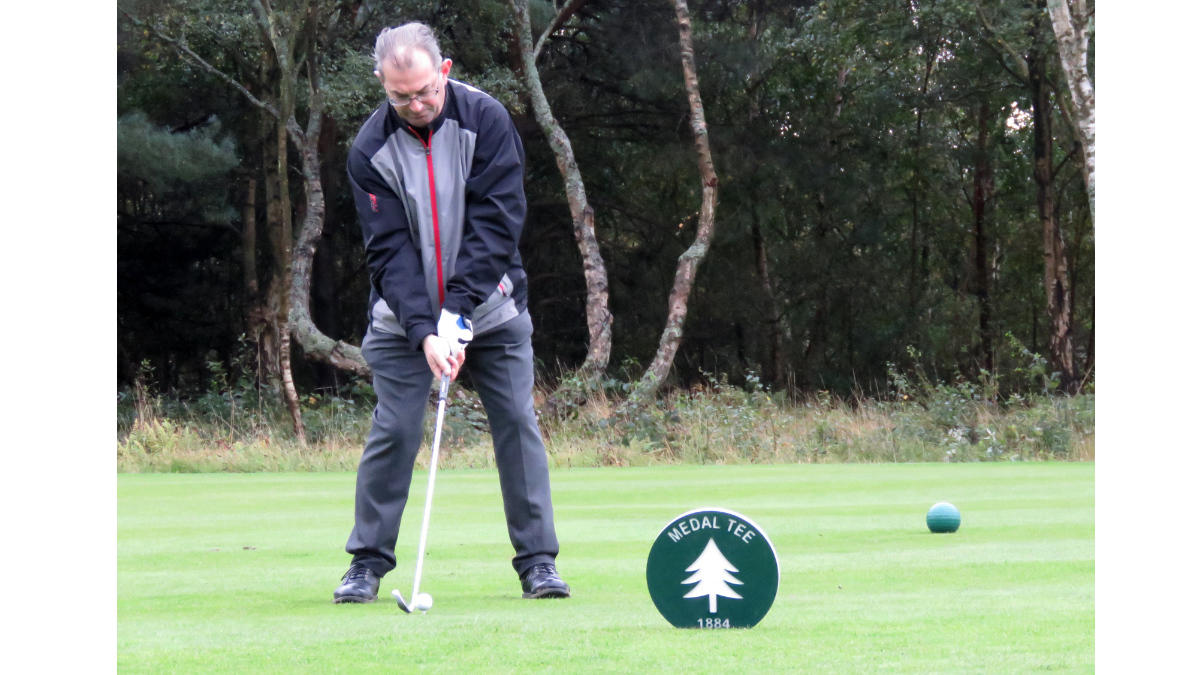- Homepage
- News and Features
- How does the World Handicap System impact greenkeepers?
How does the World Handicap System impact greenkeepers?

The World Handicap System (WHS), a joint effort between the USGA and The R&A, came into force in the UK in November 2020 with the vision of uniting the six global handicap systems into one.
England Golf has provided an insight into how greenkeepers can support the new initiative at their golf courses.
An important aspect of the new universal system is that the course must confirm to ‘Specific Standards’, which are fundamentally the same as have always applied to formal club qualifying competition, such as: the tees to be used must have a current ‘Course Rating’; and the course – as presented for play – must meet the specified requirements of a ‘Measured Course’.
What is a Measured Course?
A Measured Course is any set of tees where the measured length has been certified by a specialist service provider and for which a Course Rating has been provided. Clubs are required to have a current ‘Certificate of Course Measurement’ for each set of tees from which qualifying scores may be returned.
The Four Yards Rule
For course measurement purposes clubs are required to place a ‘permanent marker’ – a marker that can’t easily be lifted and then replaced in a different position – for every tee on each teeing ground.
The Four Yards rule defines how much ‘usable’ distance there must be behind such permanent markers. »
The teeing ground is defined by the Rules of Golf as a ‘rectangular area two club lengths in depth’ – and to meet the requirement that ‘a player should have the full use of the teeing ground’ they must be able to tee up a ball at the rear of the teeing ground, take up their stance on level ground – on grass cut to normal teeing ground height – and have room to swing a driver unimpeded by any obstacles behind or above. As players come in all sizes and shapes and with different swing arcs, for simplicity and consistency purposes that has been set as a minimum distance of four yards clear behind each permanent marker.
On many older courses the permanent markers may be as little as two yards from the rear of the teeing ground as they conformed to the very old two yards rule. Although there is no requirement on clubs to move old permanent markers to conform to the four yards rule, any new course measurement or rating will deduct any shortfall on that four yards from the length of the hole. This will give ‘measured’ and ‘rated’ lengths that may differ from the lengths specified on score cards and tee furniture.
On new tees – and on tees on holes where other changes affecting the playing length occur – the permanent marker must be repositioned a minimum of four yards from the back of the usable teeing ground.
Hole lengths are always measured to the centre of the green, with the assumption being that the day‑to‑day pin positions will be evenly distributed between front, middle and back across the full course.

Other rules affecting a ‘Measured Course’
To enable ‘wear and tear’ on tees and also other issues that may affect the course length to be managed, several ‘adjustments to a measured course’ are permitted:
- The 10 yards rule
This permits the ‘tees of the day’ on each hole to be positioned up to – but not more than – 10 yards in front of, or behind, the ‘permanent marker’ for those tees. The principle being that if half of the tees are placed behind the permanent markers and the other half are placed in front of them, then the full ‘measured length’ of the course can still be presented for play.
This may be more feasible on some tees than on others and may determine which tees can be made available for ‘pre‑registered social score’ purposes 365 days of the year.
- The 100 yards rule
Recognising that it may not always be possible to position the tees of the day such that there is an exact balance between those which are forward and those which are back, an overall difference of up to 100 yards between the length of the course as presented and the ‘measured length’ is permitted.
- The 300 yards rule
Recognising that situations may sometimes occur, such as essential repair work or flooding, which necessitates shortening or lengthening one or more holes by a total of more than 100 yards but less than 300 yards on a ‘temporary’ basis, WHS provides a mechanism whereby a ‘Temporary Rating’ may be provided that will permit qualifying scores to continue to be returned for up to a year.
- Changes greater than 300 yards and new tees
Where length changes are in excess of 300 yards, or where a new set of unrated tees are introduced (such as for winter play purposes) a ‘Provisional Rating’ may be provided, thus permitting qualifying scores to be returned from those tees while waiting for the course to be physically rated.
Temporary and provisional ratings can only be calculated and issued by the relevant handicap authority.
Detailed advice and guidance on all such matters, on a situation‑by‑situation basis, is available to clubs, free of charge, from their local county course rating team.
Continue the conversation: To learn more about the World Handicap System visit www.whs.com. A course handicap calculator and materials specific to the UK are at www.randa.org
This article was first featured in the March 2021 edition of Greenkeeper International available for BIGGA members to read online here.
Author

